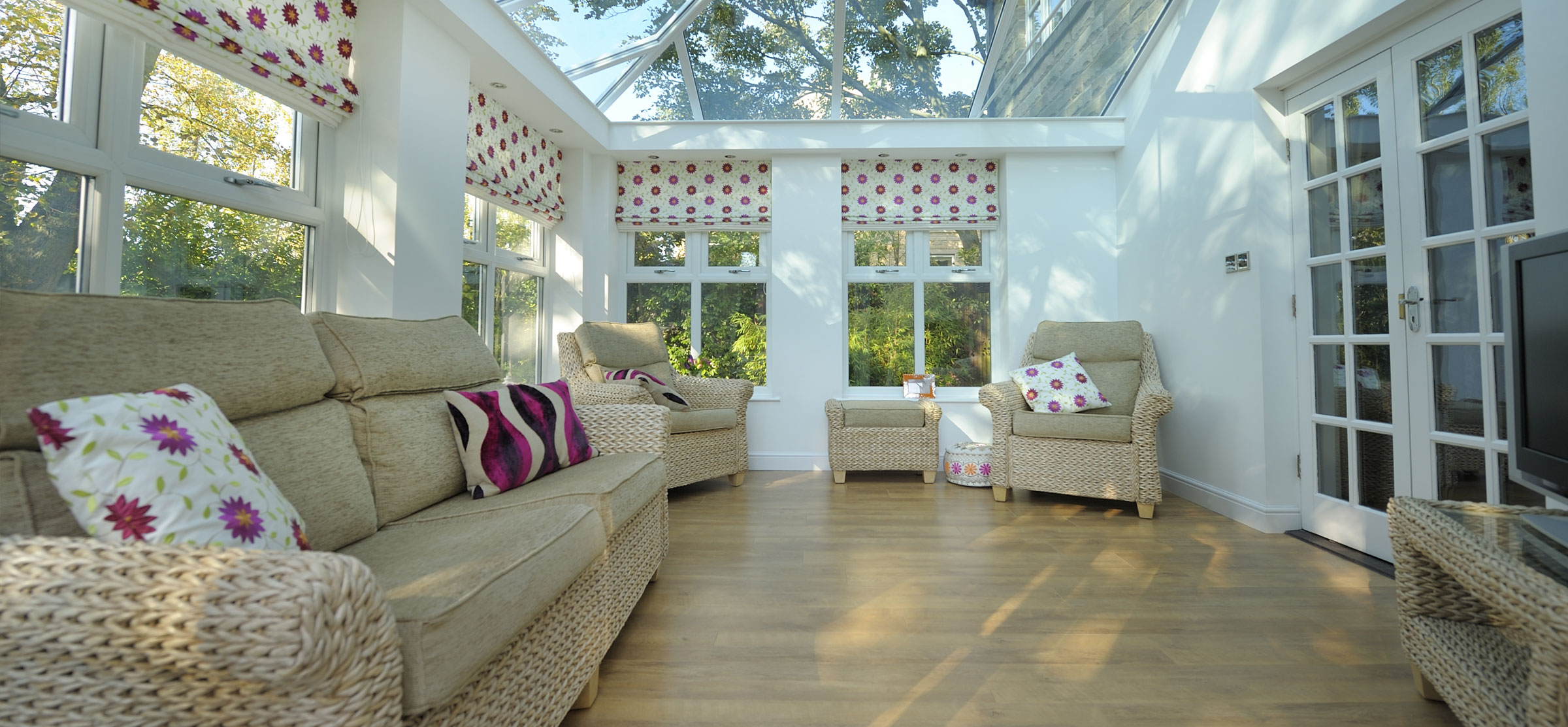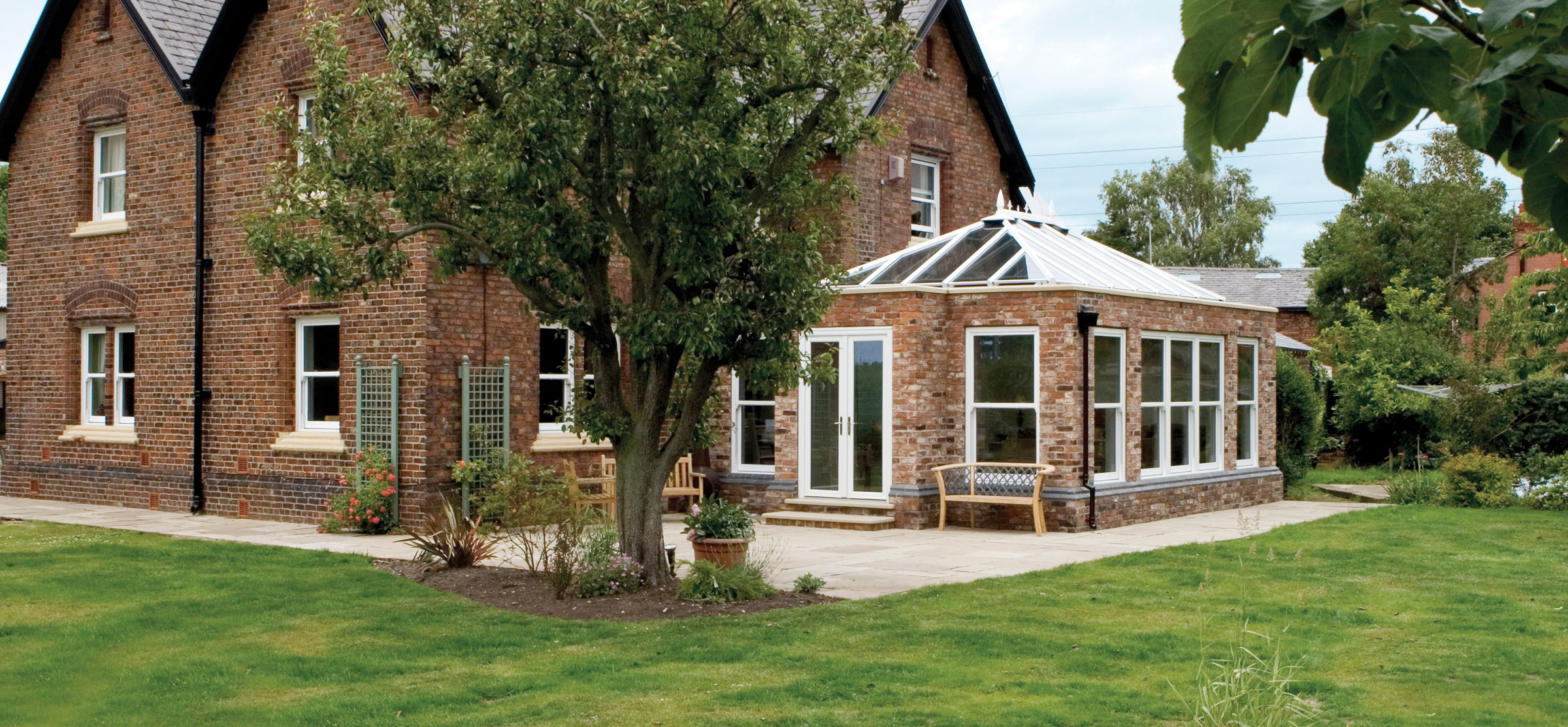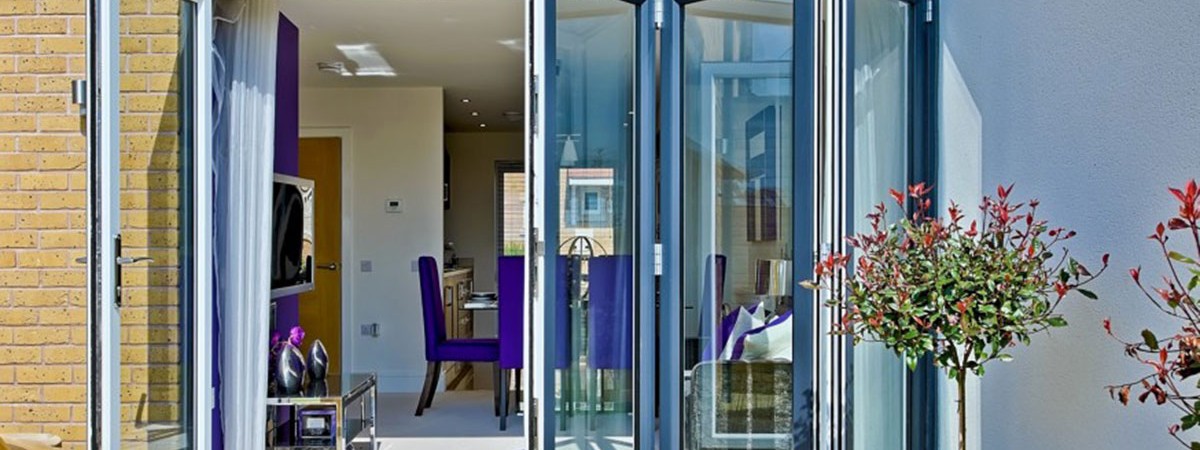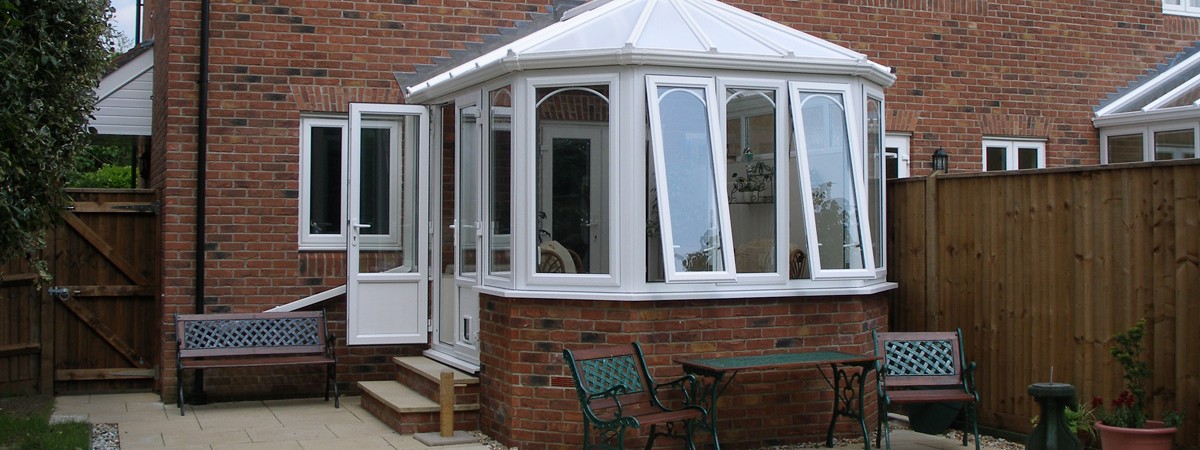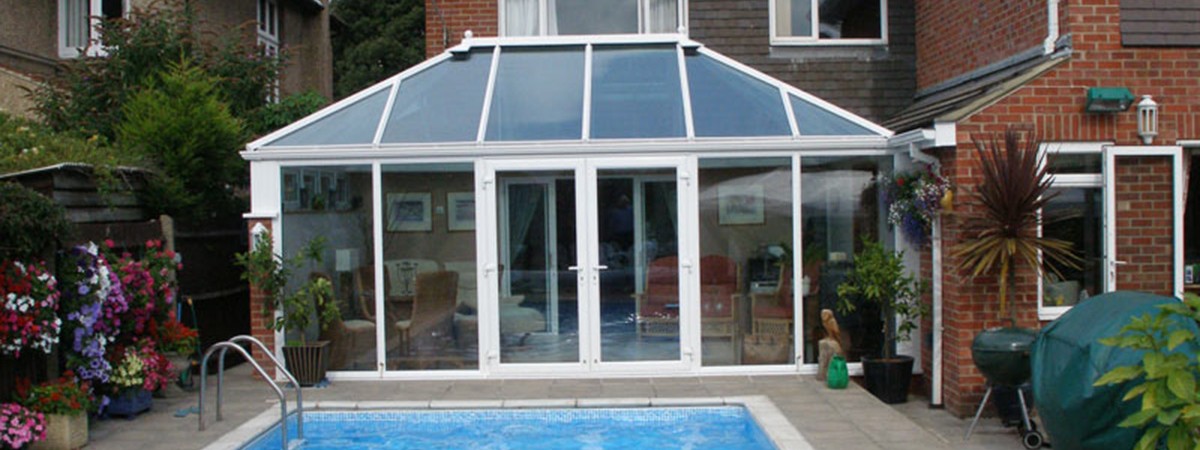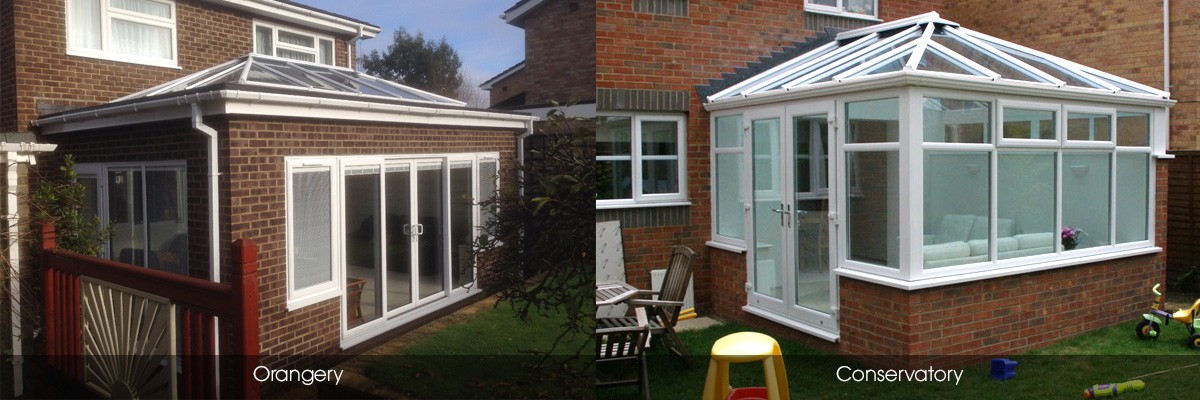Permitted development rights
At present a detached property can go up to 4m without any planning and a attached property can go up to 3m (Semi-Detached/Terrace) Permitted development rights are a national grant of planning permission which allow certain building works and changes of use to be carried out without having to make a planning application.
Prior Approval
In 2013 the government to encourage growth in the building industry doubled permitted development rights to 6m for a attached property and 8m for a detached property. This was for a trial period of 3 years and was due to end in March 2016. Due to the success of this scheme, the Government have extending this scheme until 2019.
Crofton as your agent will obtain the necessary approvals to carry out work under this scheme, free of any charge. The planning process is massive simplified and will only take 3 weeks.
Now will be a good time to carry out the work whilst planning rules have been relaxed.
Look forward too seeing you soon!

